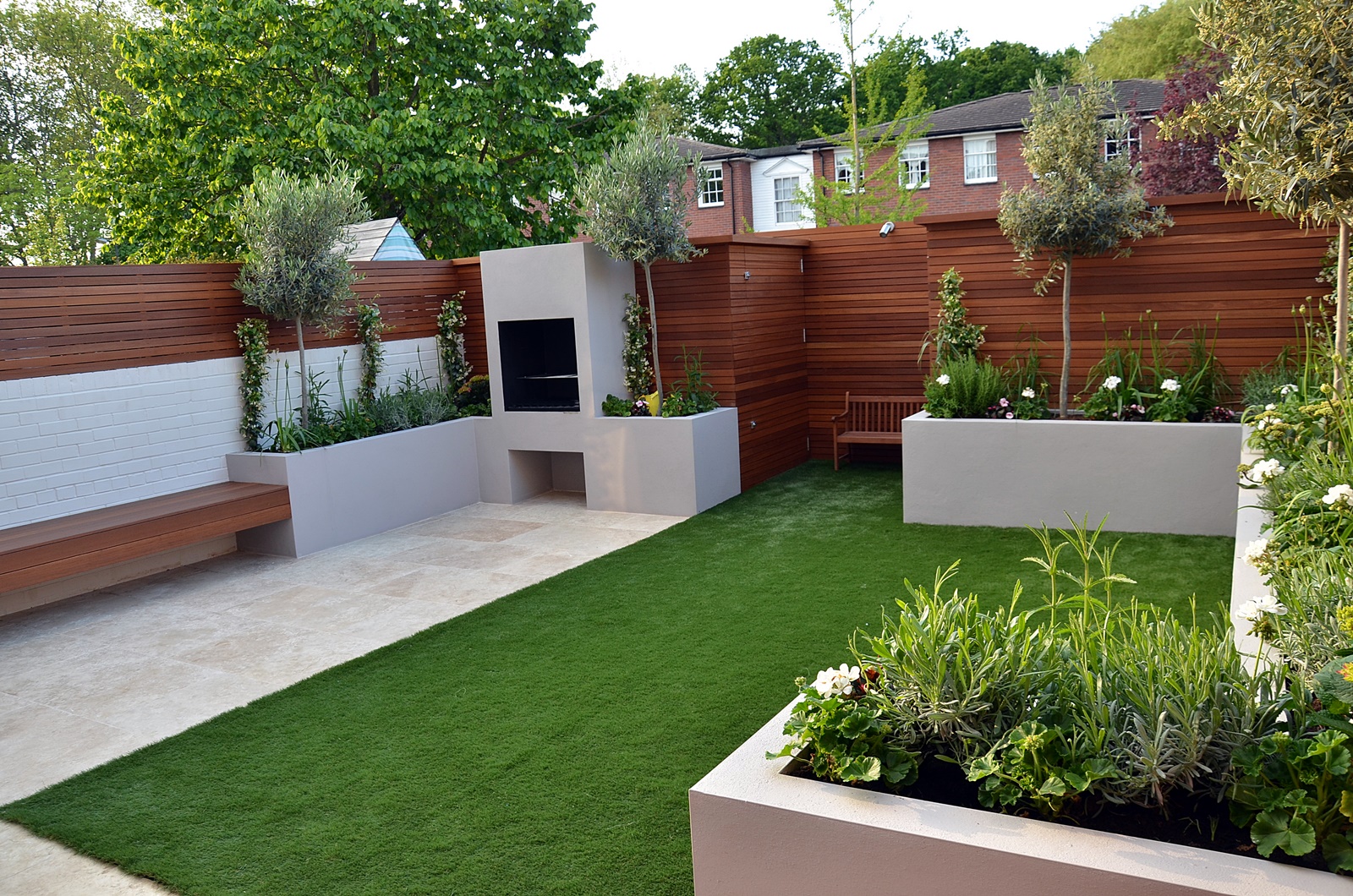Landscape design is frequently thought of as a luxury exclusive to those with significant wealth, but designing a stunning outdoor space need not require a large investment. With a small amount of creativity, resourcefulness, and the right approach, you can transform your yard into a breathtaking retreat that improves your home's appeal and serves as a tranquil oasis. From thoughtful plant selection to DIY hardscaping projects, there are numerous ways to enhance your landscape while maintaining budget.
In this guide, we'll investigate a selection of landscaping ideas that will make your outdoor spaces prosper without causing economic burden. Whether you are thinking about employing professional landscaping services or going with a DIY approach, we will give insights into the benefits of each choice. Additionally, we will share practical tips on lawn care, garden design, and sustainable practices that can enhance your yard while being gentle on your wallet. Get ready to find out how to create a captivating landscape that adds value to your property and is enjoyable for years to follow.
The Importance of Professional Landscaping
Spending in skilled landscaping can greatly enhance the aesthetic appeal and practicality of your exterior. Qualified landscapers possess the skills and background to create layouts that not only look beautiful but also suit your lifestyle and surroundings. https://chandler-breen-3.technetbloggers.de/establishing-pathways-plus-pathways-a-handbook-to-outdoor-designs allows for superior selection of vegetation, location, and upkeep methods that can elevate your yard from basic to extraordinary. By partnering with professionals, landlords can achieve a unified design that optimizes the capabilities of their land, often resulting in a gorgeous outdoor area.
Moreover, skilled landscaping can add significant value to your real estate. Carefully planned and maintained landscapes have been shown to boost home worth by up to fifteen percent, depending on the neighborhood and the caliber of work. Prospective clients are often drawn to professionally designed homes, viewing them as a sign of investment and dedication. An inviting outdoor space can be a critical consideration in promoting your house in less time and at a more favorable price. This expenditure not only enhances your pleasure of your yard but can also provide a substantial profit when you decide to list.
Hiring a landscaping business also brings real benefits in terms of time savings and reduced stress. Many residents do not have the bandwidth, understanding, or capabilities to properly manage landscaping tasks. A qualified service can take care of everything from layout and installation to continuous maintenance, allowing property owners to de-stress and enjoy their yards more fully. By outsourcing these tasks, you can ensure that your garden remains vibrant and colorful without the stress of constant upkeep, providing a stunning outdoor space that you can be happy with.
Do-It-Yourself vs. Professional: Making the Best Choice
Choosing between DIY landscaping and engaging a professional company can be difficult. DIY landscaping allows for creativity and customization, as homeowners can adapt their projects to reflect their tastes and specific needs. It can also save money, as labor costs are removed. However, it requires time, research, and commitment, especially for tasks like design planning, plant selection, and ongoing maintenance. Homeowners should evaluate their confidence and skills in implementing a cohesive landscaping plan before initiating a DIY project.
On the flip side, expert landscaping assistance bring knowledge and efficiency to the table. Professionals have a deep understanding of plant biology, soil health, and design principles, which translates into well-thought-out landscapes that can enhance both aesthetics and property value. They can also save homeowners from common pitfalls such as improper plant placement or insufficient irrigation systems. Ultimately, the investment in professional services often pays off in sustained enjoyment and property appreciation.
In determining the right choice, property owners should evaluate their budget, time availability, and the complexity of the project. For simple tasks like planting flowers or mulching, DIY may be suitable. However, for more extensive renovations or when specific design goals are in mind, hiring professionals could lead to a more pleasing and sustainable outcome. Balancing personal capabilities with the benefits of professional assistance can help homeowners create a stunning landscape that meets their needs.
Eco-Friendly Garden Design Techniques

Eco-friendly landscaping focuses on creating beautiful outdoor areas while minimizing negative environmental effects. One key method is the use of native species, which are naturally suited to the regional climate and soil types. These species require minimal water, fertilizer, and pesticides, making them an excellent choice for homeowners looking to design a low-maintenance landscape that supports local wildlife. By utilizing native plants, you can boost biodiversity and draw in pollinators, like butterflies and bees, which are crucial for a robust ecosystem.
Another important aspect of sustainable landscaping is the use of xeriscaping, a planning method that saves water. This method involves utilizing drought-resistant plants and designing your garden in a way that minimizes the need for irrigation. For example, grouping plants with matching water needs in proximity can help maintain moisture levels and promote vigorous growth. Additionally, utilizing materials such as mulch can hold soil moisture and suppress weeds, further boosting water conservation efforts.
Lastly, reflect on incorporating sustainable hardscaping components into your landscape design. This can feature employing recycled or regionally obtained materials for paths, patios, and retaining walls. Water features like rain gardens can organically manage stormwater, decreasing runoff and supporting groundwater recharge. By making intentional choices in both plant selection and hardscape materials, your landscaping not only turns into more eco-friendly but also benefits the environment, creating a serene and sustainable outdoor space.
